This week, President Trump released his budget proposal for fiscal year 2019. It departs from recent Republican orthodoxy—generally more rhetorical than actual—on the need for a balanced budget and comes complete with large planned increases in spending for defense, homeland security, and veterans programs and cuts in areas including agriculture, education, and transportation. In a week where the president is also rolling out a separate infrastructure plan and the Senate is considering immigration legislation, the proposal has found itself competing for space among several other headlines.
Indeed, fighting for attention against other issues may well be a decent omen for the budget proposal’s prospects in Congress this year, where the appetite for major spending cuts seems small. Just last week, the House and Senate agreed to a budget deal that provides for nearly $300 billion in spending increases across defense and non-defense programs over the next two years. That’s not to say there aren’t specific spending cuts, especially on the non-defense side of the ledger, included in the president’s budget that many congressional Republicans would like to see enacted; there certainly are. But the president’s budget request is just that—a request—and the current Congress does not seem likely to reverse course in the short term, especially in an election year.
Some of the budget’s most dramatic proposals—including a controversial plan to send food directly to Supplemental Nutrition Assistance Program participants and large cuts to Medicaid—come on the mandatory side of the budget, which is handled outside of the process addressed by last week’s budget deal. But action on significant cuts to social safety net programs also seems unlikely this year. Senate Budget Committee Chair Mike Enzi (R-Wyo.) has indicated he’s unlikely to take the necessary steps to allow for a budget reconciliation bill in fiscal year 2019. Without the ability to use the reconciliation process, any legislation would be subject to a potential filibuster in the Senate, where the Republicans’ narrow, 51-49 majority makes the prospects for even party-line legislating difficult.
So if Congress seems unlikely to take up much of the president’s proposal this year, why construct such a document? Beyond the president’s statutory responsibility for doing so, the answer lies, in part, with Office of Management and Budget Director—and former far-right member of Congress—Mick Mulvaney, whose policy preferences are well-reflected in many parts of the proposal. Mulvaney and like-minded fellow officials likely see value in having a fully articulated policy proposal to which they can point in conversations with their allies outside the administration to demonstrate that they are doing their best to advance shared ideas. This notion of advancing a doomed-to-fail plan in order to curry favor with allied interest groups is familiar to Congress-watchers. As political scientist Jeremy Gelman has documented, majority parties frequently spend time on extreme, dead-on-arrival legislation as a way to build external political support and to make clear what goals the party would pursue if they had more seats in Congress.
The budget—which we’d be wise not to attribute too heavily to Trump himself—certainly serves a role in the ongoing struggle to set a legislative agenda in Washington, and plays a key role in the internal workflow of the executive branch. The proposals in specific policy areas, including the State Department, provide a potentially useful articulation of priorities. But, as Mulvaney himself described the plan, it’s a “messaging document,” not a to-do list.
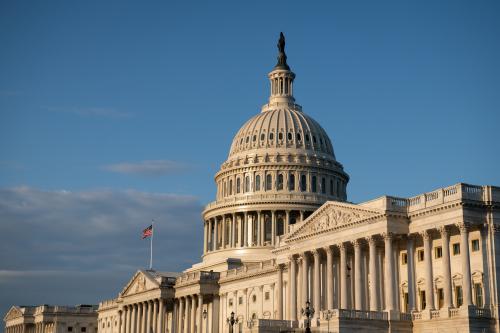
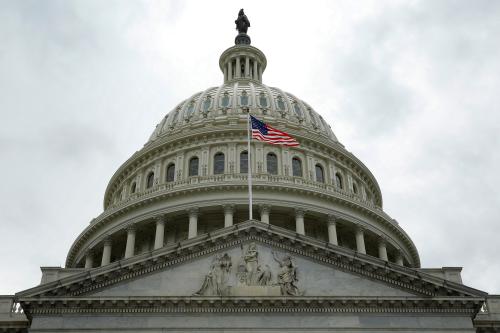
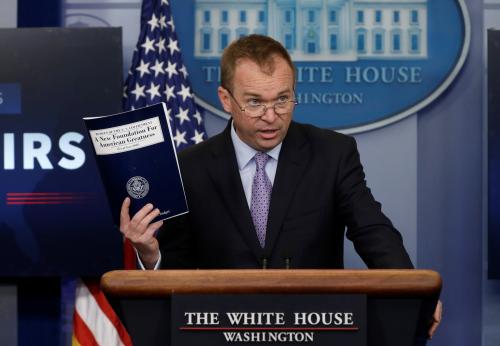


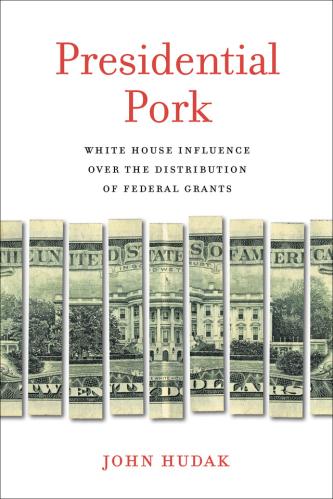



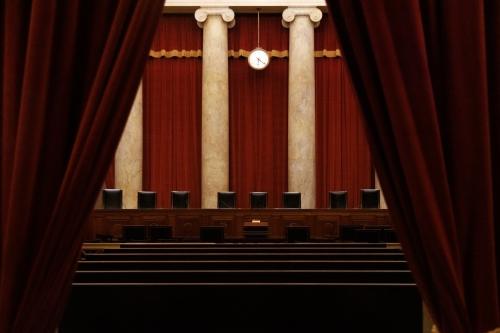
Commentary
Congress isn’t the real audience for the White House budget proposal
February 14, 2018